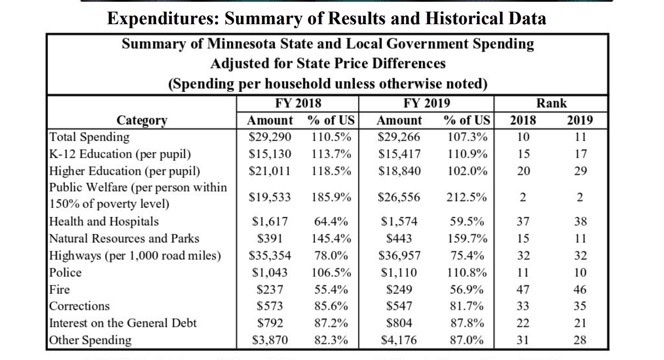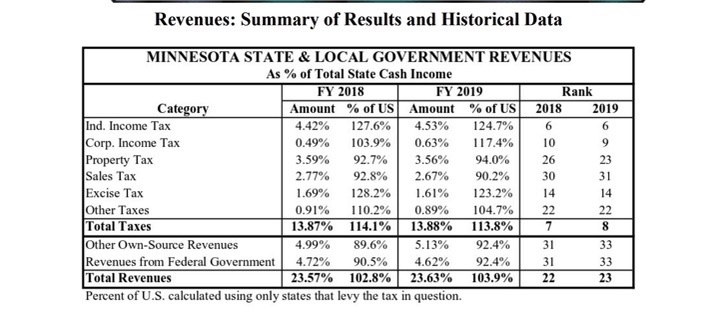Minnesota’s government does not need to spend more money
A $7.7 billion state budget surplus is expected for Fiscal Year 2022-23, and the proposals for where to spend the money are already lining up. Gov. Tim Walz, for example, suggested that “the money could be used to provide Minnesotans with paid family and medical leave, improve child care and health care, lower the cost of energy, and possibly create a family leave program for workers.”
Focusing on increasing spending in light of the surplus would, however, be problematic.
For one, this is a one-time influx of cash. There is very little indication that Minnesota will continue to experience surpluses going forward, or that any surpluses will be of a similar magnitude. So, introducing new long-term spending projects will introduce fiscal problems if future revenues fail to keep up with rising expenses.
Secondly, and more importantly, our state government already spends a lot of money in both historic terms and compared to other states. In our report last November, we showed that Minnesota spent $26.6 percent more per Minnesotan compared to 2010.

More evidence from the Minnesota Center for Fiscal Excellence shows that not only does Minnesota spend more per person now compared to the past, we also spend more compared to other states. In their most recently published report, the Minnesota Center for Fiscal Excellence ranked Minnesota 11th among the states on general fund spending per household –– after adjusting for price differences among states.
And among specific government programs, Minnesota ranks especially high on welfare spending. Minnesota spends almost double the national average amount on public welfare programs and ranks second among the states on public welfare spending per person at/below 150% of the poverty level.
Certainly, Minnesota spends lower than the national average on some programs like health and hospitals, highways, fire, and corrections, but overall our total spending is higher compared to most states.

Commensurate with high spending, the Minnesota state government also takes a bigger cut of their residents’ money compared to most states. In 2019, total tax revenues were 13.88% of total state cash income –– the 8th highest in the country.

Given our high levels of tax and spending, coming up with new programs and new ways to spend the surplus should not be the priority for our legislators.